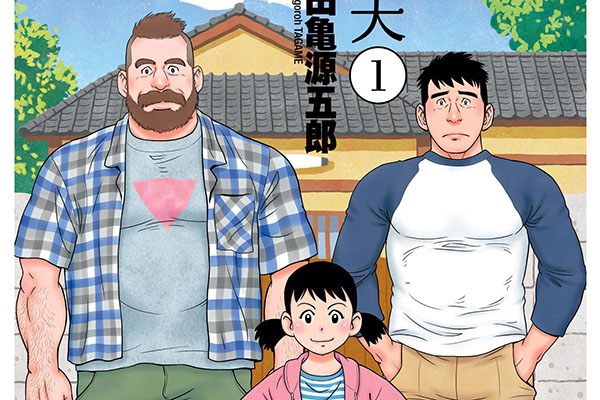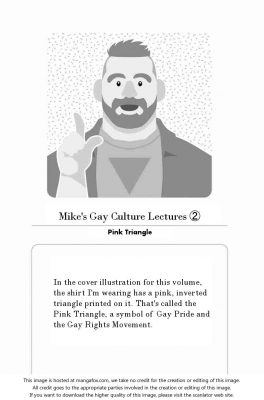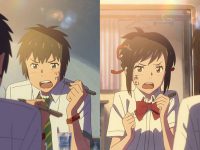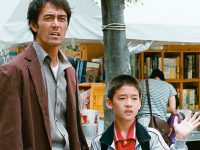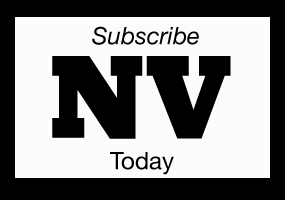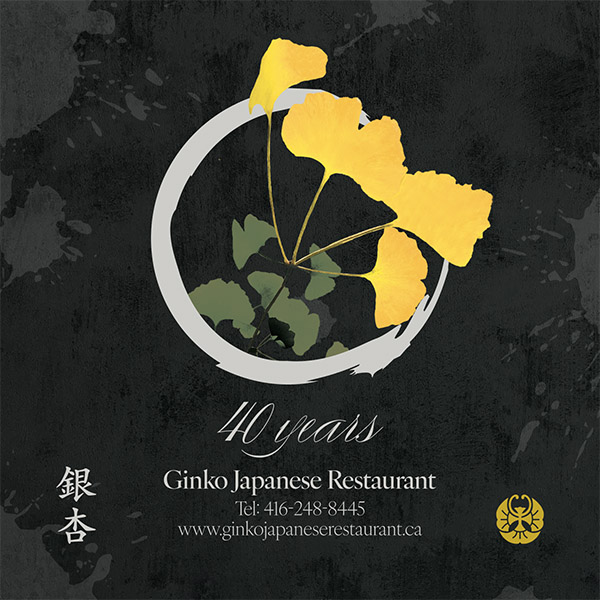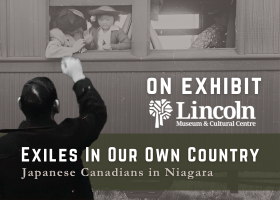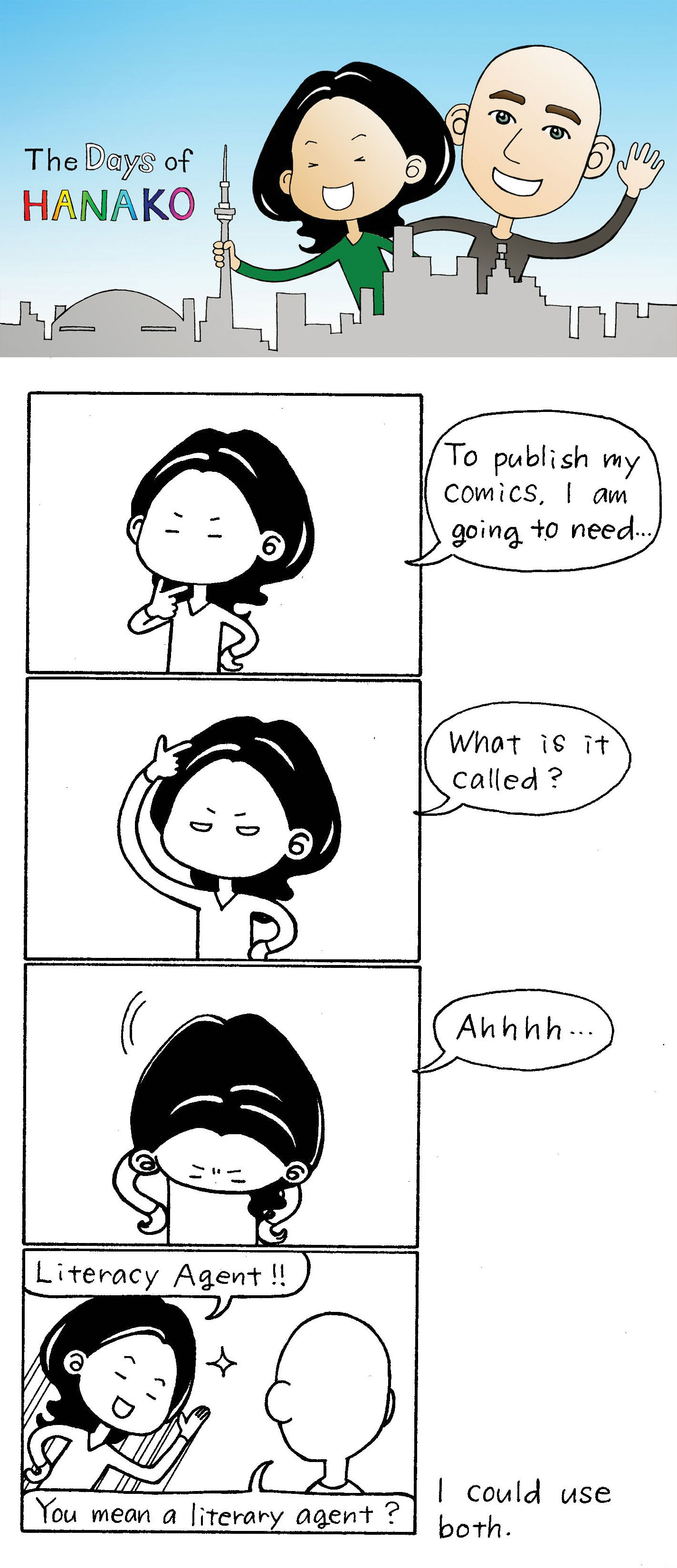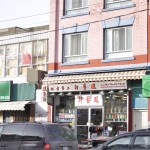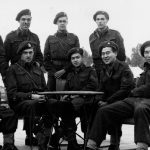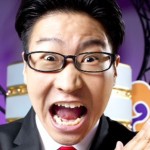Canadian Mike Flanagan, left, Kana, center, and Yaichi, right, show the everyday life of the LGBTQ community in Japanese culture.
The comic panel can serve as a slice of life, but each compartment of ink and colour can have deep social meaning.
Otouto no Otto (My Brother’s Husband) was first published in 2015 and the latest chapters were just released.
The manga revolves around Yaichi, a single father, and his daughter Kana who receive a visit from Canadian Mike Flanagan.
Yaichi had a twin brother who lived overseas. Over the last few years they had become estranged and only recently he learned that his brother had married a man.
When his brother had come out to him, Yaichi didn’t know how to respond at the time. He simply accepted it, but the realization made him think differently of his brother.
It’s an uncomfortable first meeting for both adults with Yaichi calling Mike a “homo” within minutes of first meeting him and Mike being tragically reminded of his dead husband. Even more awkward is how Yaichi tries to protect his daughter Kana from Mike who has questions not only about her new gay uncle.
For her it’s a whole new world and there’s a lot to learn; however, Mike being a big, kind guy knows just the way to bridge those awkward conversations with people curious about him.
It’s this personality, and an ability to cook some pretty tasty macaroni and cheese, that ultimately bridges the gap between him and his step-brother.
Yet in the latest chapter Yaichi’s ex-wife steps into the frame and a whole new discussion in the nature of marriage.
Otouto no Otto is a groundbreaking manga and one of its biggest achievements so far was being published in Futabasha’s Monthly Action, a weekly magazine aimed at a general audience.
For creator Gangoroh Tagame this was a major step in introducing straight Japanese readers with the concept of gay social life.
“What I want to have happen with Otouto no Otto is for straight readers to actually understand that Japanese gay social life is actually pretty normal,” Gangoroh told an audience at TCAF 2015 in Toronto.
“A lot of straight Japanese people probably don’t know that they know gay men, or (they) have never met a gay person and they say that they’ve never seen one, or (they) don’t know what they look like. To them (meeting a gay person) is like encountering a panda in the wild,” he said.
Demystifying the LGBTQ community through education is a huge part of the manga series and one of Gangoroh’s main aims.
The pink triangle on Mike’s shirt, for instance, is a symbol of international gay pride transformed from its former use in Nazi concentration camps.
‘Mike’s Gay Culture Lectures’ is a regular feature in the manga and provides some insight into a culture that many straight readers might not be aware of.
Using the symbols of the gay community and having them on the cover of the magazine is also a powerful statement that the LGBTQ community exists and should be seen in Japan.
“It’s sort of my experiment in seeing how much I could get away with, but also just the power of these symbols and seeing how communities can kind of cross over,” he said.
It’s definitely a manga series to keep an eye open for.
***







 19 Apr 2016
19 Apr 2016
 Posted by Matthew O'Mara
Posted by Matthew O'Mara 